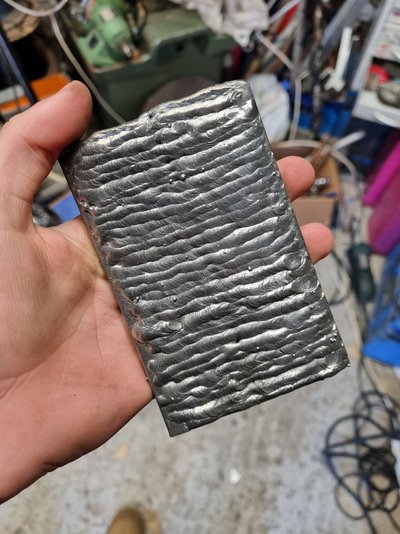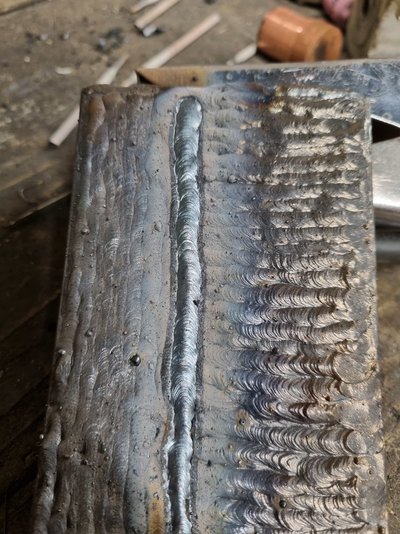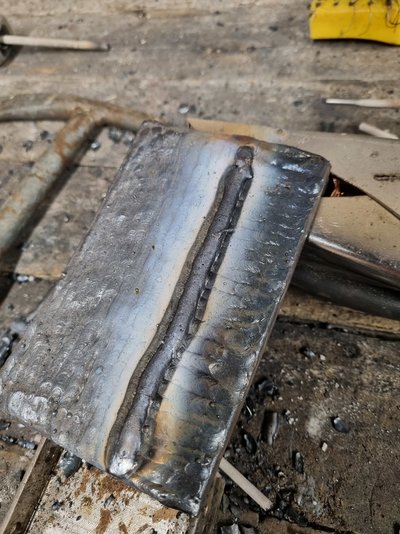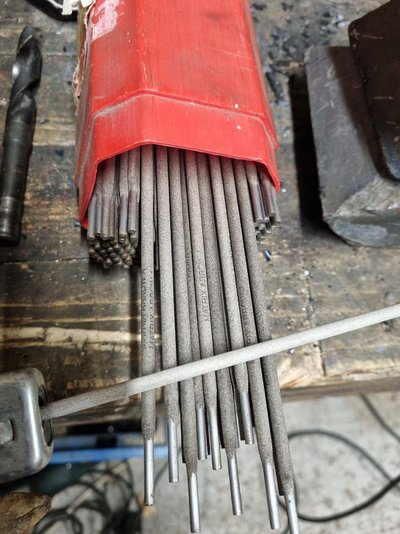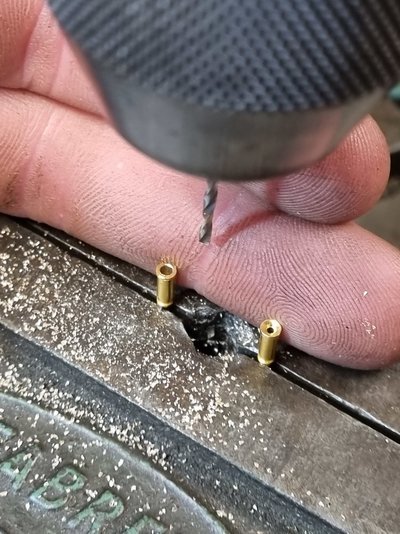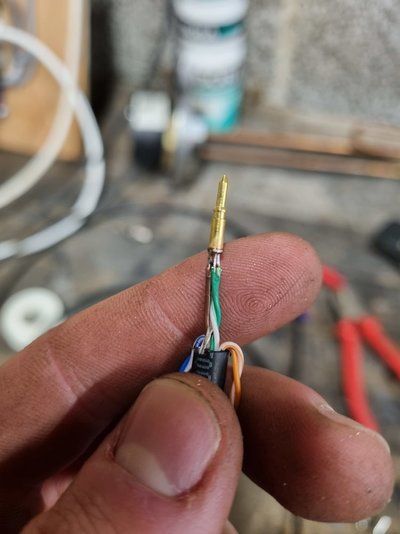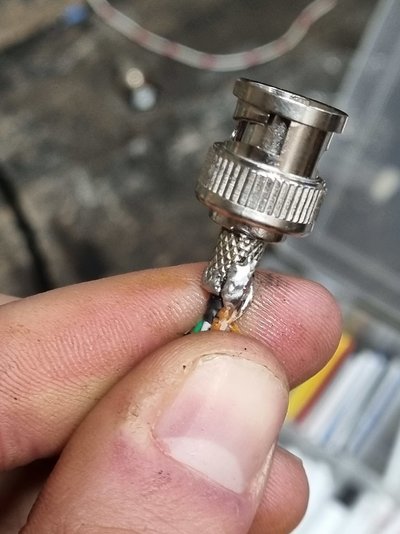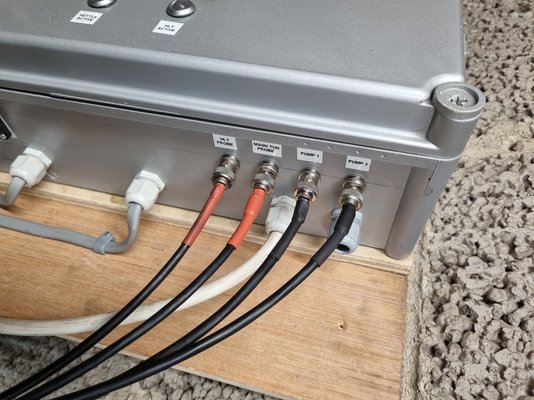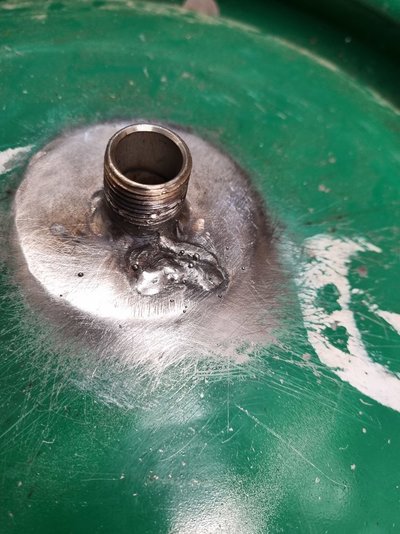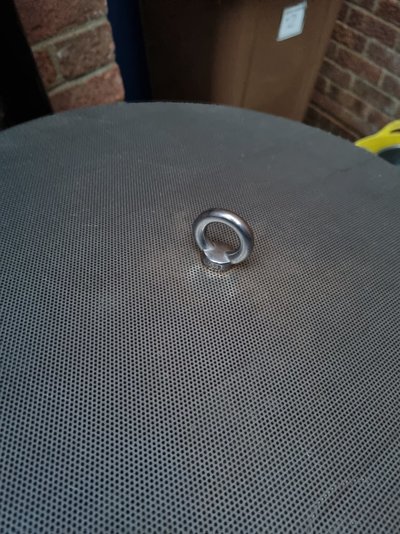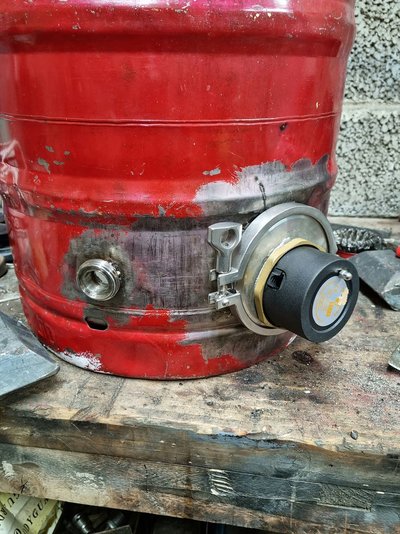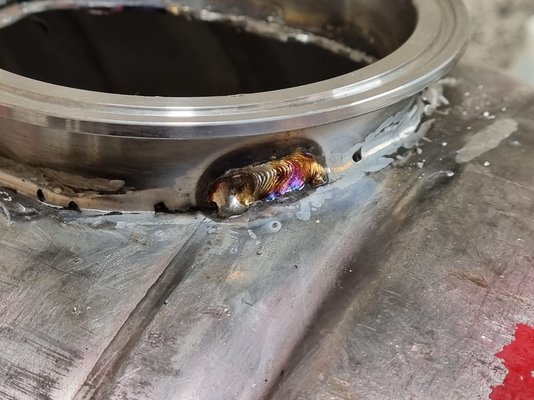daleyd
Member
- Messages
- 10,384
- Location
- Wrexham, North Wales
I had to read that twiceYou're still walking then.

I had to read that twiceYou're still walking then.


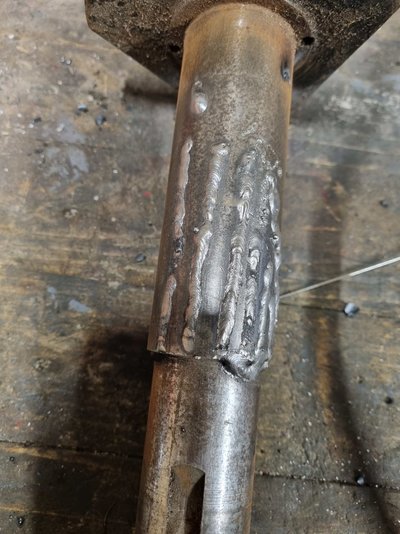
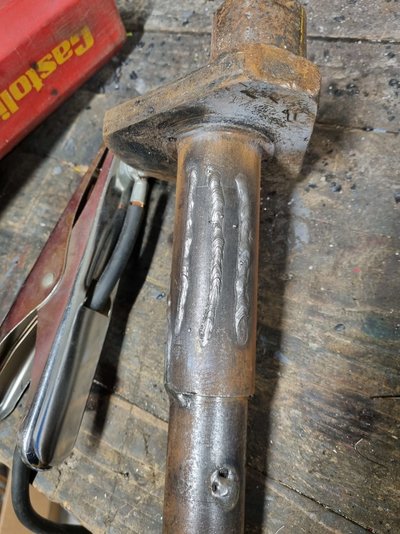

Don’t forget the safety flips flops and have good few measures of your last home brew tooRather than learn what to do, I thought it would be more fun to just wing it, bang some random old electrodes I've had kicking around for years against a rusty old crankshaft and see what happens.
View attachment 328975
View attachment 328974
That's 2mm and 3.2mm electrodes, 60-110 amps in both polarities, now to get some identifiable rods, set the machine properly and learn what I'm doing.
Sure is fun, hot sparks everywhere, I'll wear jeans and a cotton coat tomorrow!

